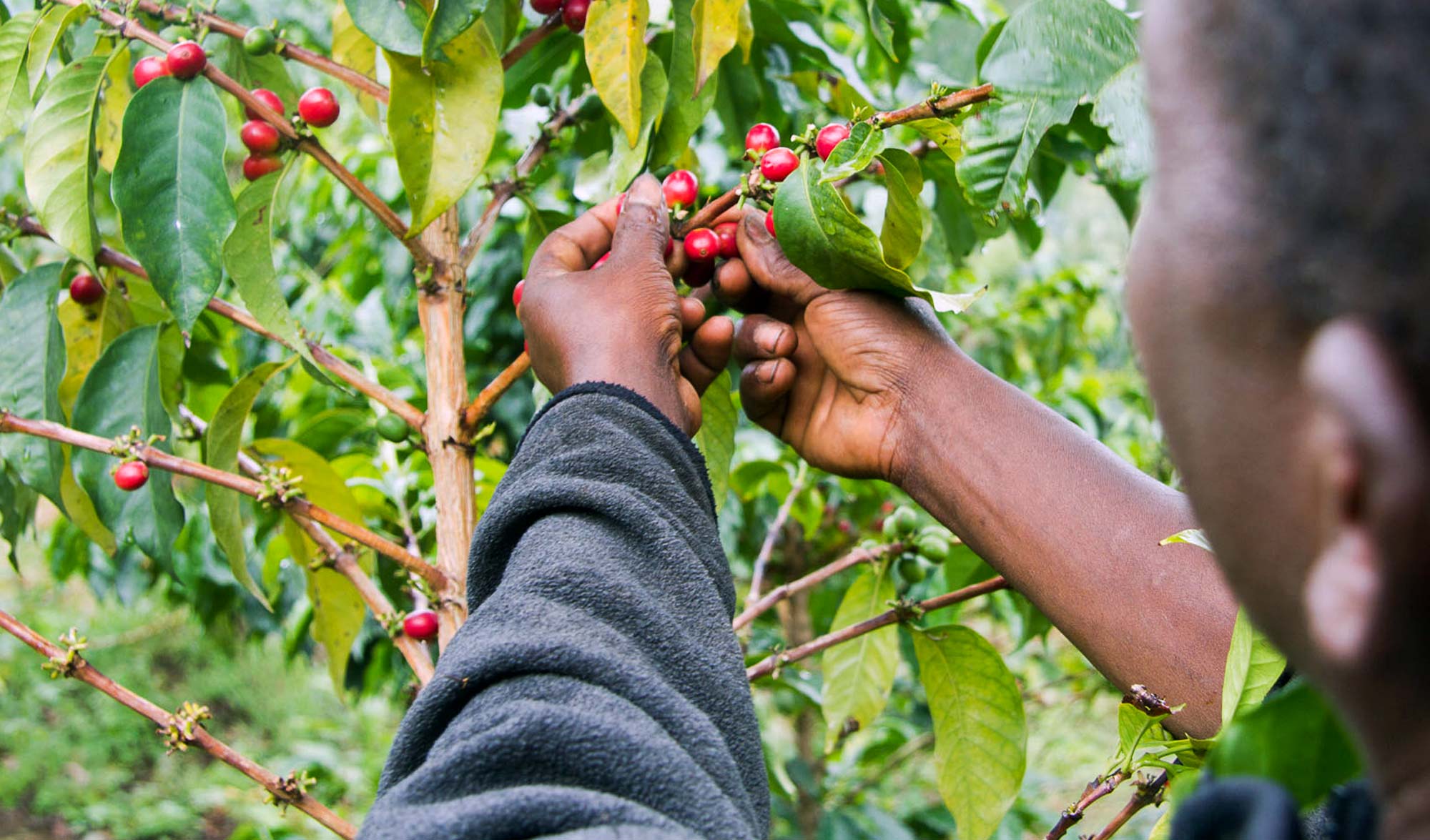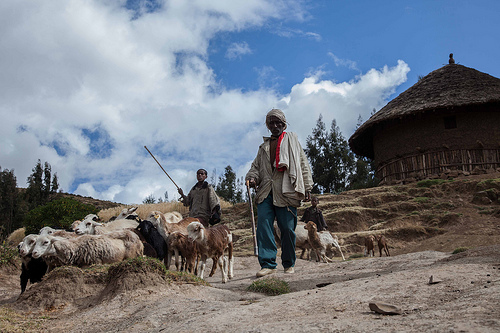The
Youth Agro Environment Initiative, a non-governmental organisation
based in Nairobi is training young people on modern farming technologies
that can enable graduate but unemployed youth to earn a living.
One
of the crops that they chose for this project is the arrowroot which
has traditionally been grown near water bodies due to its high water
consumption.
The
scarcity of water and dwindling water sources has discouraged many
young farmers. It is cumbersome to practice this type of farming
The
Youth Agro Environment Initiative is now educating farmers how to grow
the arrowroots in uplands – far from the river – and still get good
yields.
Grace
Wanene, the project co-ordinator and head trainer, notes that farmers
should first remove weeds from the land. “You then dig a one metre wide
trench that is 60 centimetres deep and line its base with a polythene
sheet,” she says.
In
order to ensure that the arrow roots enjoy conditions similar to those
grown along river banks, Wanene states that farmers should irrigate them
once a week. They should also, mulch the land during dry seasons so as
to prevent water loss through evaporation.
Wanene
explains that the polythene sheet is a heavy gauge material that does
not let water through. It therefore ensures that the soil is water
logged – just as on riverbanks – which provides a suitable environment
for proper growing of arrowroots.
“With
this technology, young people can comfortably grow these arrowroots
anywhere they want to and generate income,” says Wanene.
She
adds that using irrigation also enables farmers to grow the crops and
harvest all year round. “This can’t happen if you plant the arrowroots
near rivers as water levels keep fluctuating depending on rainfall
patterns.”
Wanene advises farmers to use the appropriate arrowroot suckers when growing them in uplands. She cites one type known as Colossia Esculena
which is high yielding and consumes less water. “But if such varieties
are not available. Farmers can still use what is present in their area,”
she says.
Arrow
root tubers cost between three to ten Kenyan shillings. About one
hundred of them can fit in a ten metres by ten metres piece of land.
The
plant matures after about six months and once farmers have harvested
the arrowroots, they can use the ensuing tubers as planting material for
the next season.
Wanene
notes that with this technology, arrowroots can be grown near
homesteads where they are more secure. “Those grown near rivers are at
risk of destruction by floods especially during intense rainfall,” she
says.
The
Youth Agro Environment Initiative is currently piloting this project
with ten Youth groups in Gatundu and plans to scale it up in the entire
Central Kenya region.
The
initiative is assisting the youth groups to set up demonstration plots
through training and financial support. “Once they harvest, the proceeds
are then used to set up plots for each member within the group,” says
Wanene.
She
adds that this approach addresses two key challenges that youth keen on
starting agribusiness face: lack of capital and knowledge on modern
technologies.
Wanene
notes that most young people often fail to succeed in their first
attempt at farming, thus they may be unable to repay money borrowed from
banks. “So we are giving them loans which they repay by establishing
plots for fellow youth.”
In
Kenya, agriculture accounts for about 26 per cent of the gross domestic
product (GDP) and over 60 per cent of total foreign exchange earnings.
The sector also provides some 80 per cent of all employment
opportunities in the country.
However,
most of Kenya’s youth still shy away from farming. Majority of their
parents – mainly small scale farmers – employ traditional farming
technologies which results in low yields and minimal returns.
“They
thus remain poor and make young people view agriculture as an
unattractive career,” says Dr. Augusta Abate, Food and Agriculture
Organization (FAO) Assistant Representative in Kenya.
She
adds that the education system also conditions young people to go for
white collar jobs. “Most of them have a negative view of agriculture as
labour intensive and unrewarding,” says Abate.
Wanene
notes that availing capital for leasing agricultural land to the youth
will consequently increase their participation in agriculture and help
change these negative perceptions.
With
improved agricultural performance, Kenya will make great strides
towards achieving MDG 1 which seeks to eradicate poverty and hunger in
nations.
 The app will enable the coffee farmers
protect and improve their
crops by providing highly localized weather forecasts helping them make the best
decisions at the right time.
The app will enable the coffee farmers
protect and improve their
crops by providing highly localized weather forecasts helping them make the best
decisions at the right time.
